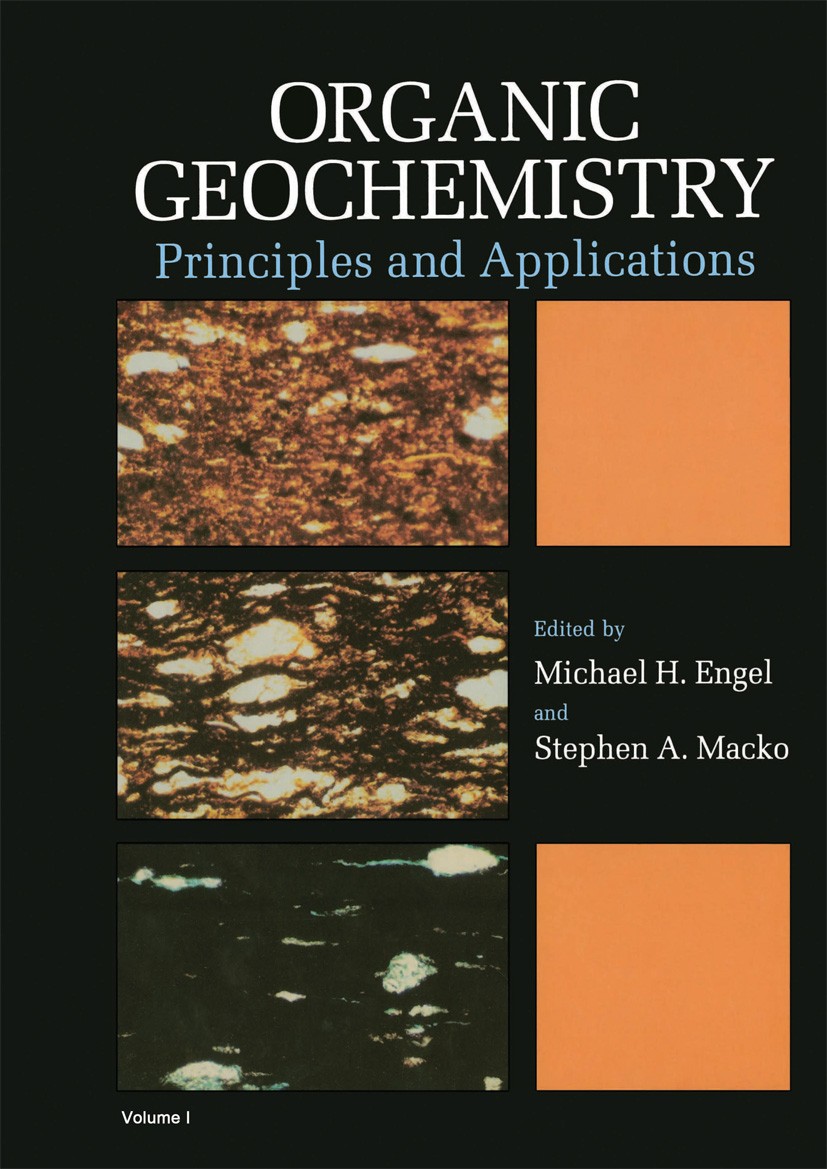Clumped 13C–13C isotopes of ethane from laboratory pyrolysis of kerogen: Implications for intramolecular 13C distributions
IF 2.5
3区 地球科学
Q2 GEOCHEMISTRY & GEOPHYSICS
引用次数: 0
Abstract
The clumped isotope geochemistry of 13C–13C bonding offers a valuable tool for distinguishing the formation processes of ethane (C2H6) and its thermogenic and abiotic origins. Thermogenic ethane is characterized by isotope distributions that are nearly in thermodynamic equilibrium, whereas abiotic ethane is governed by kinetic isotope effects during C–C bond synthesis. 13C–13C ordering in thermogenic ethane varies with the source organic material, but limited studies on ethane clumped isotopes from natural gases restrict our understanding of these signatures. To address this, we performed pyrolysis experiments at 310–470 °C on various immature kerogens from the Eocene Green River Formation (Type I), Upper Devonian–Lower Mississippian Woodford Shale (Type II), and Pennsylvanian Springfield Coal Member (Type III). The ethane-clumped isotope compositions aligned with those of natural gas samples and varied based on the starting kerogen’s isotope composition. We propose a thermogenic model that describes isotopic systematics, including 13C–13C variations in the pyrolysis product ethane, driven by (i) combinatorial isotope effect during C–C bond breaking and (ii) intramolecular isotopic heterogeneity in the starting kerogen. Isotopic and clumped isotope variations suggest a zigzag isotopic pattern in kerogen alkyl chains, similar to that seen in biological fatty acids. We could extend the model to position-specific (PS) isotope signatures in propane, showing that intramolecular isotopic heterogeneity in kerogens also affect PS isotopes, alongside structural heterogeneity, such as isoprenoid versus alkyl. Overall, our findings demonstrate that 13C–13C clumping is a ubiquitous signature for thermogenic ethane, with variations reflecting isotopic information of the original organic matter.
干酪根实验室热解中乙烷13C - 13C的团块同位素:对分子内13C分布的影响
13C-13C键的团块同位素地球化学为区分乙烷(C2H6)的形成过程及其热源和非生物源提供了有价值的工具。热源乙烷的同位素分布基本处于热力学平衡状态,而非生物乙烷则受碳碳键合成过程中同位素的动力学影响。热成因乙烷中13C-13C的排序随有机质来源的不同而不同,但对天然气中乙烷团块同位素的有限研究限制了我们对这些特征的理解。为了解决这一问题,我们对始新世绿河组(I型)、上泥盆统-下侏罗统伍德福德页岩(II型)和宾夕法尼亚春田煤系(III型)的各种未成熟干酪根进行了310-470℃的热解实验,结果表明乙烷团块同位素组成与天然气样品一致,并根据起始干酪根的同位素组成而变化。我们提出了一个热成因模型来描述同位素系统,包括热解产物乙烷中13C-13C的变化,这是由(i) C-C键断裂过程中的组合同位素效应和(ii)起始干酪根中分子内同位素非均质性驱动的。同位素和团块同位素变化表明干酪根烷基链呈锯齿形同位素模式,类似于在生物脂肪酸中看到的。我们可以将该模型扩展到丙烷中的位置特异性(PS)同位素特征,表明干酪根中的分子内同位素非均质性也会影响PS同位素,以及结构非均质性,如类异戊二烯与烷基。总之,我们的发现表明13C-13C团块是热成因乙烷的普遍特征,其变化反映了原始有机质的同位素信息。
本文章由计算机程序翻译,如有差异,请以英文原文为准。
求助全文
约1分钟内获得全文
求助全文
来源期刊

Organic Geochemistry
地学-地球化学与地球物理
CiteScore
5.50
自引率
6.70%
发文量
100
审稿时长
61 days
期刊介绍:
Organic Geochemistry serves as the only dedicated medium for the publication of peer-reviewed research on all phases of geochemistry in which organic compounds play a major role. The Editors welcome contributions covering a wide spectrum of subjects in the geosciences broadly based on organic chemistry (including molecular and isotopic geochemistry), and involving geology, biogeochemistry, environmental geochemistry, chemical oceanography and hydrology.
The scope of the journal includes research involving petroleum (including natural gas), coal, organic matter in the aqueous environment and recent sediments, organic-rich rocks and soils and the role of organics in the geochemical cycling of the elements.
Sedimentological, paleontological and organic petrographic studies will also be considered for publication, provided that they are geochemically oriented. Papers cover the full range of research activities in organic geochemistry, and include comprehensive review articles, technical communications, discussion/reply correspondence and short technical notes. Peer-reviews organised through three Chief Editors and a staff of Associate Editors, are conducted by well known, respected scientists from academia, government and industry. The journal also publishes reviews of books, announcements of important conferences and meetings and other matters of direct interest to the organic geochemical community.
 求助内容:
求助内容: 应助结果提醒方式:
应助结果提醒方式:


